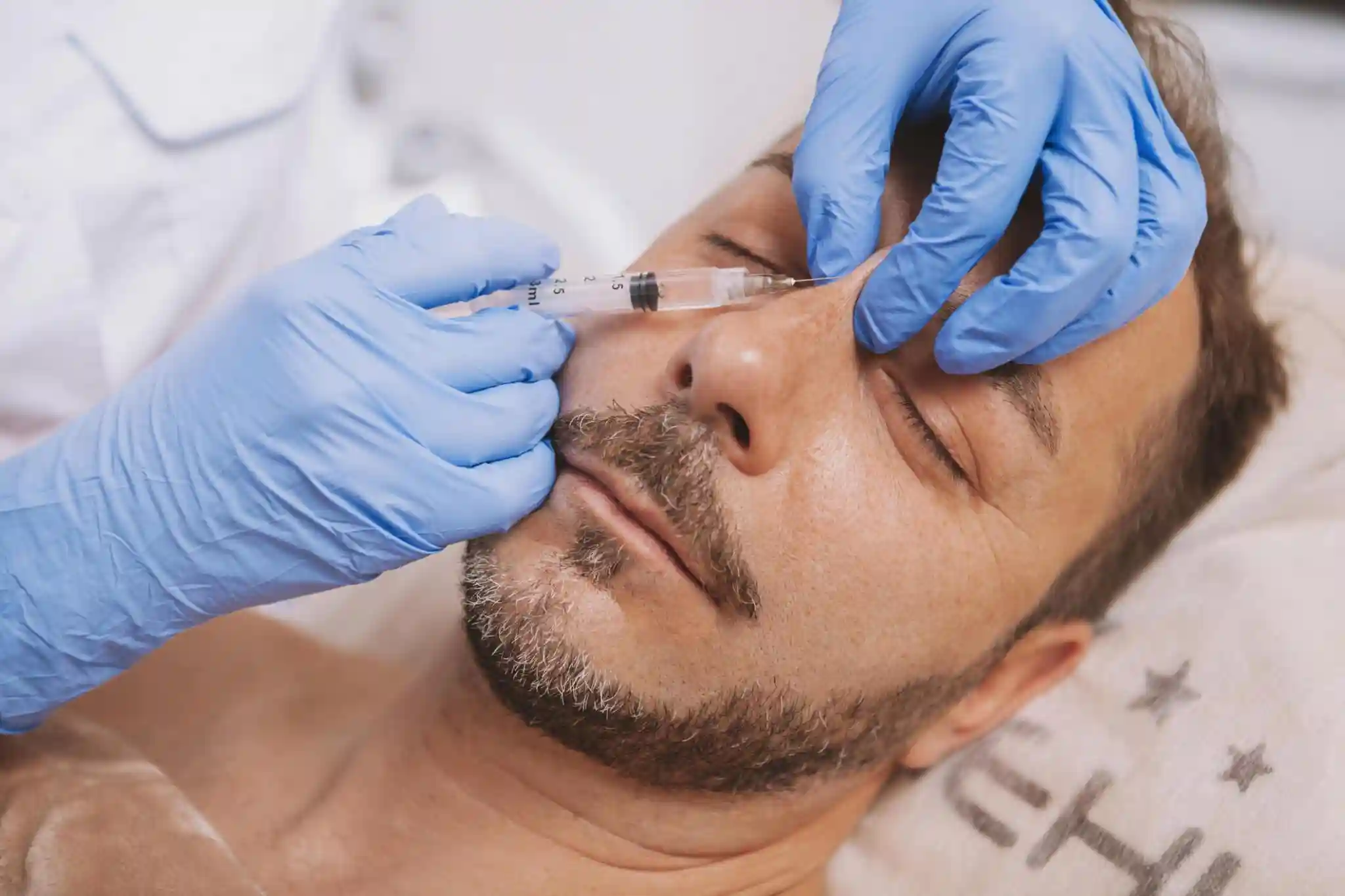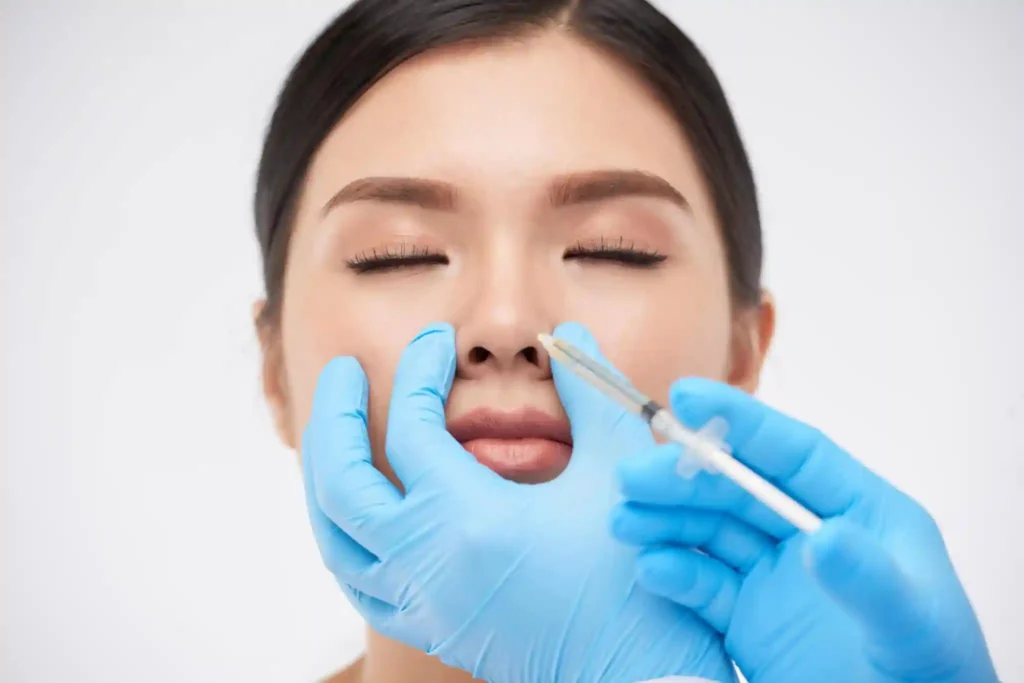How Much Does Non Surgical Rhinoplasty Cost?

Thinking about non-surgical rhinoplasty? Understanding the cost is crucial. This guide breaks down everything you need to know about the factors influencing the price of this increasingly popular cosmetic procedure.
Whether you’re considering non-surgical rhinoplasty to address a specific concern or simply want to enhance your facial harmony, it’s essential to have a clear understanding of the costs involved.
In this comprehensive guide, answer the question asked on how much does non surgical rhinoplasty cost? by exploring the various elements that contribute to the total cost of non-surgical rhinoplasty, helping you make an informed decision about your treatment options.
Table of Contents
Understanding Non-Surgical Rhinoplasty Costs
When it comes to determining the cost of non-surgical rhinoplasty, several key factors come into play. Let’s break down these cost-influencing elements:
- Type of Filler: The type of filler used in non-surgical rhinoplasty can impact the overall price. Hyaluronic acid-based fillers, such as Juvederm or Restylane, are commonly used due to their safety and reversibility. However, the specific brand and formulation of the filler can affect the cost.
- Amount of Filler Needed: The amount of filler required to achieve your desired results will directly influence the total cost of your treatment. Factors like the extent of the correction needed and your individual anatomy will determine the volume of filler used.
- Provider Experience: The experience and qualifications of your provider play a significant role in determining the cost of non-surgical rhinoplasty. Highly skilled and experienced injectors often command higher fees due to their expertise and the quality of their results.
- Geographic Location: The cost of non-surgical rhinoplasty can vary depending on your geographic location. Prices tend to be higher in major metropolitan areas and regions with a higher cost of living.
How Much Does Non Surgical Rhinoplasty Cost: Price Transparency
According to the American Society of Plastic Surgeons, the national average cost for non-surgical rhinoplasty ranges from $600 to $1,500 per treatment session. However, it’s important to note that this is an average, and actual costs can vary based on the individual factors mentioned above.
Detailed Cost Components
Let’s dive deeper into the specific cost components associated with non-surgical rhinoplasty:
Consultation Fee
Most providers charge a consultation fee for the initial assessment and treatment planning. This fee can range from $50 to $200, depending on the provider and their level of expertise. Some providers may apply the consultation fee towards the cost of the treatment if you decide to proceed.
Filler Cost
The cost of the filler itself is a significant component of the total treatment price. Fillers are typically priced per syringe or vial, with the cost varying based on the brand and specific formulation. On average, a single syringe of filler can cost between $500 and $1,000.
Additional Fees
In some cases, there may be additional fees associated with non-surgical rhinoplasty, such as:
- Anesthesia Fees: While non-surgical rhinoplasty is typically performed under local anesthesia, some providers may charge an additional fee for this service.
- Post-Treatment Follow-Ups: Some providers include follow-up appointments in the overall treatment cost, while others may charge separately for these visits.

Beyond the Price Tag: Value Considerations
When considering the cost of non-surgical rhinoplasty, it’s crucial to look beyond just the price tag. Prioritizing quality and safety should be your top concern. Choosing a qualified and experienced provider is essential to ensure optimal results and minimize the risk of complications.
Choosing the Right Provider
When selecting a provider for non-surgical rhinoplasty, consider the following factors:
- Board certification in plastic surgery or dermatology
- Extensive experience in non-surgical rhinoplasty techniques
- A portfolio of before-and-after photos showcasing their work
- Positive patient reviews and testimonials
Remember, the skill and expertise of your provider directly impact the quality and longevity of your results.
Financing Options: Making it Manageable
If the upfront cost of non-surgical rhinoplasty is a concern, many providers offer financing options to make the treatment more accessible. These options may include:
- In-house payment plans
- Third-party financing companies
- Medical credit cards
Be sure to discuss financing options with your provider during your consultation to find a solution that fits your budget.
Final Thoughts
Navigating the cost of non-surgical rhinoplasty requires careful consideration of various factors. By understanding the key elements that influence the price, such as the type and amount of filler needed, provider experience, and geographic location, you can make an informed decision about your treatment.
Remember, while cost is an important consideration, it should not be the sole determining factor. Prioritize quality, safety, and the expertise of your provider to ensure the best possible results.
Don’t hesitate to schedule consultations with multiple providers to discuss your goals, assess their qualifications, and obtain personalized cost estimates.
Non-surgical rhinoplasty can be a transformative and confidence-boosting procedure when performed by a skilled provider. By taking the time to research and understand the costs involved, you can embark on your journey towards enhancing your facial harmony with clarity and peace of mind.
FAQ
Is non-surgical rhinoplasty cheaper than surgical rhinoplasty?
Yes, non-surgical rhinoplasty is typically less expensive than surgical rhinoplasty. While surgical rhinoplasty can cost several thousand dollars, non-surgical rhinoplasty usually ranges from $600 to $1,500 per treatment session.
However, it’s important to note that non-surgical rhinoplasty results are temporary and may require multiple treatments to maintain the desired outcome.
How long do the results of non-surgical rhinoplasty last?
The results of non-surgical rhinoplasty are not permanent and typically last between 6 to 12 months. The longevity of the results depends on factors such as the type of filler used, the individual’s metabolism, and the amount of filler injected. Touch-up treatments may be necessary to maintain the desired appearance.
Are there any risks associated with non-surgical rhinoplasty?
While non-surgical rhinoplasty is generally considered safe when performed by a qualified provider, there are some potential risks to be aware of.
These may include swelling, bruising, infection, or dissatisfaction with the results. Rarely, more serious complications like vascular occlusion can occur. Choosing an experienced and skilled provider can help minimize these risks.
What are some alternatives to non-surgical rhinoplasty?
If you’re looking for alternatives to non-surgical rhinoplasty, you may consider makeup techniques to contour and reshape the appearance of your nose.
Specialized nose contouring kits and tutorials can help you achieve a temporary illusion of a more balanced or refined nose shape.
For more permanent results, surgical rhinoplasty remains the gold standard. However, it’s important to carefully weigh the risks, benefits, and costs associated with each option before making a decision.
